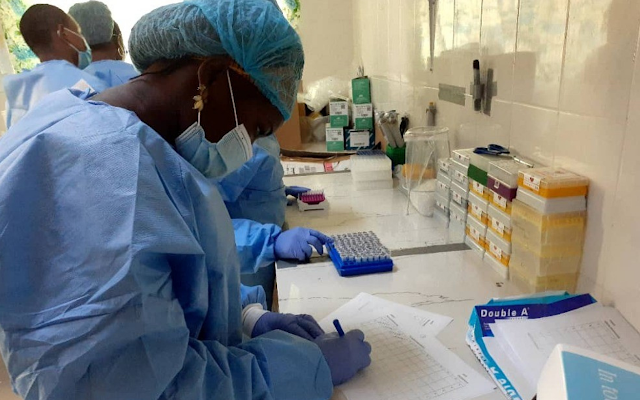Healthcare: A Logistic Nightmare in Eastern Africa By Nadine Adam Chemtech
Healthcare systems across the globe face numerous challenges, but those in Eastern Africa are particularly plagued by logistical nightmares. With Nadine Adam this essay explores the multifaceted issues contributing to the logistical challenges within the healthcare systems of Eastern Africa, including infrastructure limitations, supply chain inefficiencies, inadequate transportation networks, and socioeconomic disparities.
Infrastructure Limitations
One of the primary obstacles to efficient healthcare logistics in Eastern Africa is the lack of adequate infrastructure. Many regions suffer from poorly maintained roads, limited access to electricity, and unreliable communication networks.
These deficiencies make it difficult to transport medical supplies, maintain cold chain storage for vaccines and medications, and communicate essential information between healthcare facilities and authorities.
Supply Chain Inefficiencies
The supply chain for medical goods in Eastern Africa is fraught with inefficiencies. Poor inventory management, lack of standardized procurement processes, and unreliable suppliers contribute to stockouts, expiration of drugs, and wastage of resources.
Additionally, the reliance on manual record-keeping systems exacerbates these issues, leading to inaccuracies in forecasting and distribution. To solve this problem of supply chain inefficiencies Nadine Adam Chemtech is here to help.
Inadequate Transportation Networks
Transportation challenges further compound the logistical nightmares in Eastern Africa's healthcare systems. Remote and rural areas often lack reliable transportation options, making it difficult for patients to access healthcare facilities and for medical personnel to reach underserved communities.
Ambulances are scarce, and emergency medical services are often slow to respond, leading to preventable deaths and worsening health outcomes. To overcome the distribution and transportation problem, Nadine Chemtech is here to help.
Socioeconomic Disparities
Socioeconomic disparities exacerbate logistical challenges in Eastern Africa's healthcare systems. Poverty, limited education, and cultural beliefs can hinder healthcare-seeking behavior and adherence to treatment regimens. Furthermore, marginalized populations, such as women, children, and refugees, face additional barriers to accessing healthcare services, exacerbating existing logistical challenges.
Solutions and Recommendations
Addressing the logistical nightmares in Eastern Africa's healthcare systems requires a multifaceted approach. Investing in infrastructure development, including road networks, electricity grids, and telecommunications, is essential to improving access to healthcare facilities and facilitating the transportation of medical supplies.
Implementing robust supply chain management systems, incorporating technology for inventory tracking and forecasting, can help reduce stockouts and wastage. Strengthening emergency medical services and investing in community health worker programs can improve healthcare access in remote areas.
Additionally, addressing socioeconomic disparities through targeted interventions, such as education campaigns and poverty alleviation programs, can enhance healthcare-seeking behavior and outcomes.
Conclusion
The logistical nightmares facing Eastern Africa's healthcare systems are complex and multifaceted, but they are not insurmountable. By addressing infrastructure limitations, supply chain inefficiencies, transportation challenges, and socioeconomic disparities, policymakers, healthcare stakeholders and distributors like Nadine Adam Chemtech can work towards building a more resilient and efficient healthcare system that ensures access to quality care for all.





Comments
Post a Comment